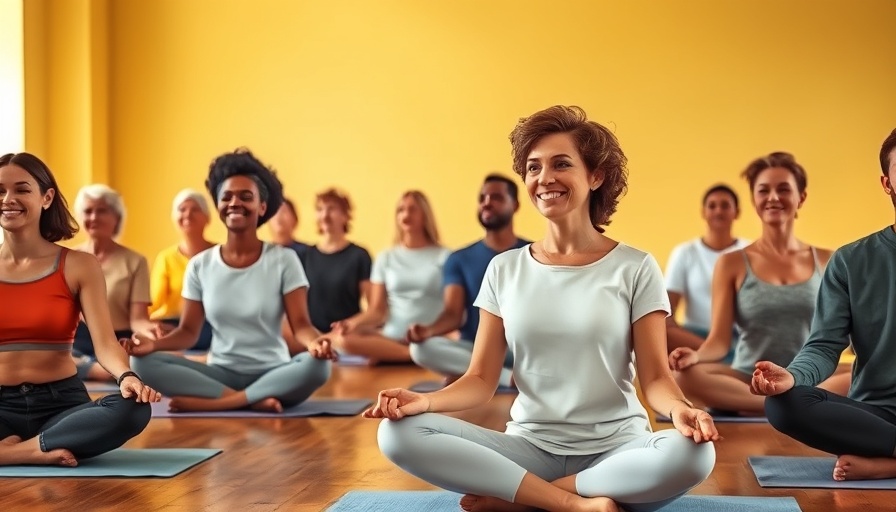
Unlock The Power of Daily Gratitude Through Meditation
In our fast-paced world, it’s easy to overlook the small moments that fill our days with joy and wonder. Gratitude, often associated with remarkable life events like promotions or vacations, can also be cultivated through appreciation for the more mundane aspects of our lives. A practice that fosters awareness of these details can enhance our overall sense of well-being. Guided by mindfulness expert Kim Armstrong, a simple 12-minute meditation offers a way to pause, reflect, and find gratitude every day.
What Is A Gratitude Meditation?
This meditation invites participants to visualize and reflect on the moments that often go unnoticed. Armstrong’s guided session directs individuals to first appreciate their awakening—feeling the comfort of a warm bed or noticing the pets curled up next to them. This initial practice grounds us, allowing us to feel present and connected to our surroundings.
The Daily Routine: Finding Gratitude in Life's Tiny Details
As we move through our routine, the meditation encourages acknowledging seemingly trivial moments—like the aroma of fresh coffee brewing or gently stretching our limbs upon waking. These small acts, when appreciated, contribute to a broader sense of happiness. In a study referenced by mental wellness researchers, maintaining a gratitude journal can improve mood and reduce stress, further underscoring the benefits of recognizing and celebrating small moments.
Practical Steps to Incorporate Gratitude Meditation
For best results, this meditation can be practiced either in the morning, reflecting on the previous day, or in the evening, contemplating the day’s happenings. Here’s how to implement this practice in your daily life:
- Find a Comfortable Position: Whether seated, standing, or lying down, choose a posture that feels right for you.
- Focus on Your Breath: Start by taking three deep breaths, inhaling through your nose and exhaling gently.
- Recall Morning Moments: Reflect on one or two things from your morning routine that you appreciate.
- Meditate on Ordinary Experiences: From putting on your socks to enjoying a warm drink, acknowledge these joyful instances throughout the day.
The Emotional Benefits of a Gratitude Practice
Incorporating gratitude into our meditation aligns with well-researched psychological concepts. Regular gratitude practices not only prompt positive emotions but can enhance our empathy, reduce aggression, and foster emotional resilience. Published findings suggest that grateful people are generally healthier and more satisfied with their lives than those who are less grateful.
Imagery and Imagination: Engaging the Senses
Armstrong’s technique utilizes sensory imagery, guiding meditators to visualize and feel the elements of their day. Perhaps recalling the sound of laughter shared with a friend or feeling the warmth of the sun can shift perspectives even on rough days. This strategic use of imagery helps reinforce emotional connections, providing a conduit for positive feelings to flourish.
Creating a Routine That Sticks
As with any habit, consistency is key. Try keeping a gratitude journal alongside your meditation practice, documenting moments of thankfulness as they arise. This dual approach—visualization during meditation and written reflection—can deep-root gratitude into your daily routine.
Why This Matters
For every age group, the ability to cultivate gratitude has profound implications. Children learn emotional awareness, while adults experience reduced anxiety and heightened life satisfaction. As mental health awareness continues to shape our society, introducing daily practices such as gratitude becomes increasingly essential.
As you explore this meditation, notice how it reshapes your perception of the day. Simple practices can yield powerful shifts, helping us embrace our lives with a grateful heart. So why not start today? Take a moment to join Kim Armstrong in her 12-minute journey toward cultivating daily gratitude, and watch as your perspective shifts toward appreciation.
 Add Row
Add Row  Add
Add 




Write A Comment